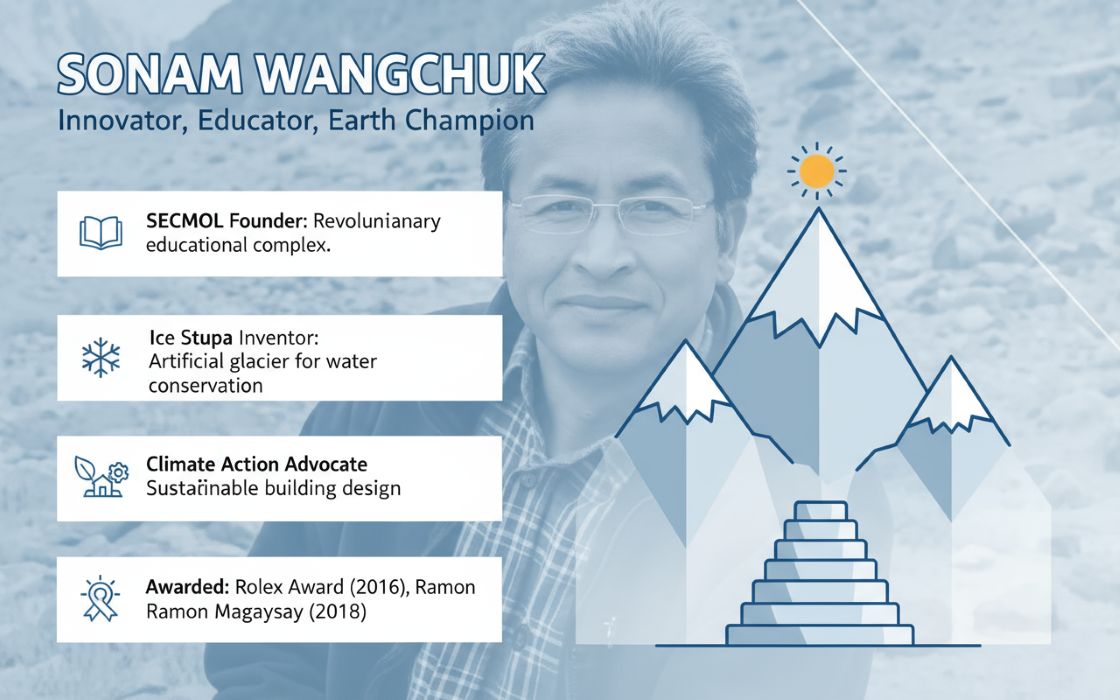On World Environment Day, Maharashtra is offering a powerful reminder that nature is not just a victim of climate change—it is a solution. As environmental threats intensify, the state is turning ecological challenges into opportunities for resilience through innovative, community-driven interventions. From reviving forests in drought-hit Dharashiv to deploying AI-led coexistence strategies in leopard-prone Pune, Maharashtra is embedding ecosystems at the heart of disaster risk reduction. These initiatives, supported by Palladium and led by the Disaster Management Department, reflect a growing global movement toward working with nature, not against it.
Read along to know more.
Environmental sustainability today requires more than isolated interventions, it calls for systems that connect people, policies, and nature. As the world grapples with the growing impact of climate change, governments are rethinking disaster preparedness in more holistic ways. In India, the state of Maharashtra is putting the environment and biodiversity at the heart of disaster preparedness.
The Disaster Management Department, under the Government of Maharashtra, is leading innovative solutions that combine ecological restoration with community safety. These initiatives mark a strategic pivot—away from reactive relief and toward an ecosystem-based disaster risk reduction.
Forests as Natural Shields: Dharashiv’s Miyawaki Makeover
In the drought-prone Marathwada region, Dharashiv district has long battled chronic rain deficits and groundwater depletion. With forest cover shrinking to a mere 76.16 sq. km, the ecological balance had tipped dangerously, pushing communities into cycles of crop failures and water stress.
To combat these challenges, a large-scale afforestation initiative was launched using the Miyawaki method at 37 locations across Tuljapur, Dharashiv, Umarga, Bhum, and Paranda blocks in Dharashiv district. Following this, the Social Forestry Division commenced implementation at the approved sites. These dense, fast-growing native forests, developed using the Miyawaki technique, are designed to become self-sustaining within three years, delivering a wide range of ecological benefits including groundwater recharge, biodiversity restoration, and climate moderation.
" Miyawaki plantations have significant potential to improve groundwater table around the planted sites. Communities that once struggled with dry wells now report improved availability of the water," said the Divisional Forest Officer, Dharashiv.
From a disaster risk reduction standpoint, increased green cover helps to recharge groundwater, reduce surface run-off during heavy rains, and act as a buffer during dry spells. It also provides long-term climate mitigation benefits.
Living with Leopards: Pune’s Coexistence Model
While Dharashiv’s green revival focuses on restoring degraded landscapes to strengthen water security and build climate resilience, further west in Pune’s Junnar Forest Division, a different kind of environmental challenge is unfolding—one that underscores the fragile balance between ecosystems and human settlements.
With sugarcane fields doubling as habitat, leopard-human conflict has surged. Over 230 villages have been declared leopard disaster-prone, and the district saw a staggering 105 deaths in 2022 alone.
Recognizing this as a localised disaster, the District Disaster Management Authority Pune, supported by Palladium as its Technical Support Unit, implemented an integrated mitigation model. This includes setting up AI-powered leopard alert systems with an 80% early-detection success rate, sterilization and translocation protocols to manage populations, protective fencing and fortified livestock shelters, and training citizens and field staff in first response. Over 500 citizens have already been equipped to act swiftly in emergencies.
“In districts like Pune, leopard-related incidents are not rare events—they are recurring challenges. Our administration is committed to balancing safety with conservation by using technology, rapid response, and empowering communities to coexist peacefully with wildlife” said Mr. Jitendra Dudi, IAS, District Collector, Pune
These measures have yielded significant results. Fatalities have dropped from 105 to just 15 by early 2024. More importantly, community trust is rising, transforming fear into awareness and action.
Blueprint for Ecosystem-Based Disaster Risk Reduction
Both interventions, though geographically and contextually distinct, are bound by a common thread: recognizing nature as an ally in disaster risk reduction. Whether it's planting forests to restore groundwater or deploying early warning systems to prevent wildlife conflict, the core principle remains the same—when we work with nature, rather than against it, we build safer, more resilient communities. Palladium, as the Govt of Maharashtra Disaster Management Department’s Technical Support Unit, has played a key role in embedding scientific tools, data systems, and performance monitoring across both programs.
This shift towards ecosystem-based disaster risk reduction marks a strategic evolution in how disaster management is conceptualized. Maharashtra is demonstrating that solutions to some of the most pressing environmental challenges lie in nature itself.
Dr. Satishkumar Khadke, Director of Disaster Management, Government of Maharashtra, articulates the vision behind these projects, “As Maharashtra marks World Environment Day, we do so with a message of foresight: Resilience is rooted not only in infrastructure, but in ecosystems—and in the people who protect them,”
With continued support, collaboration, and investment in nature-based solutions, states like Maharashtra are not just managing disasters—they are redesigning the very systems that cause them.



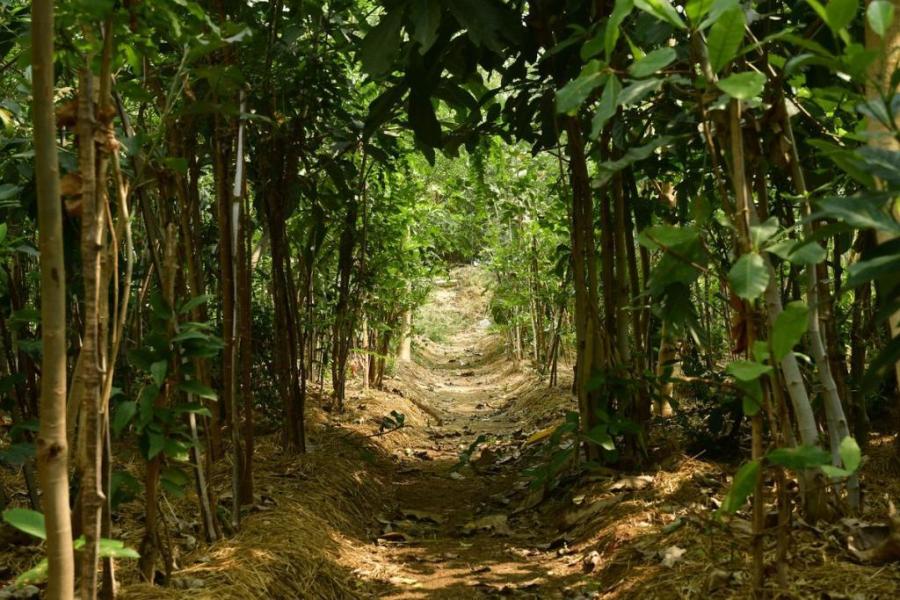
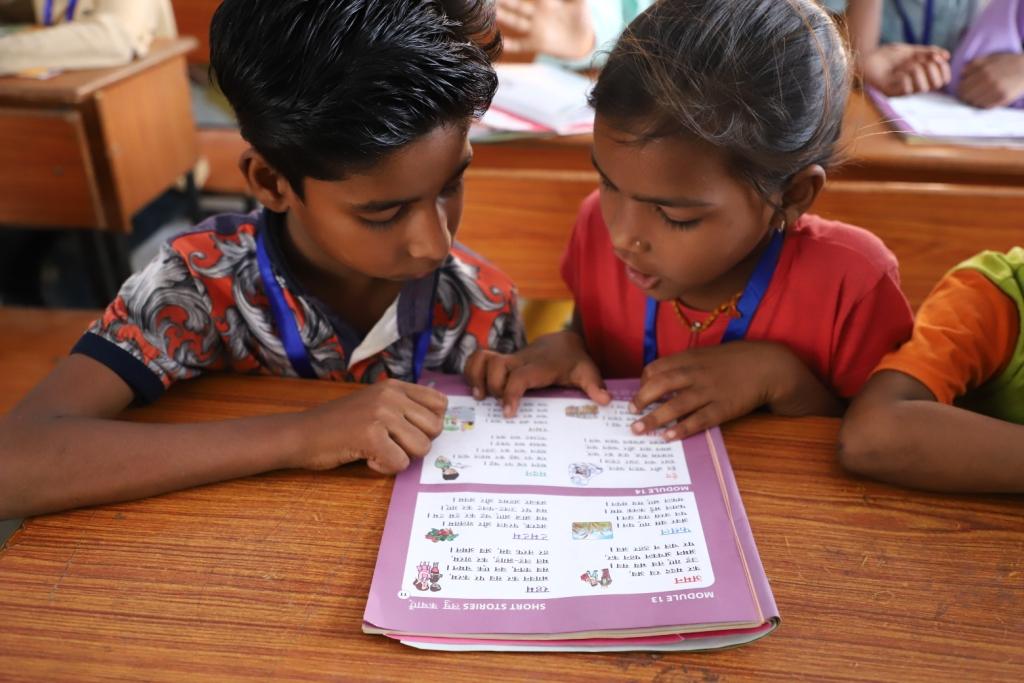



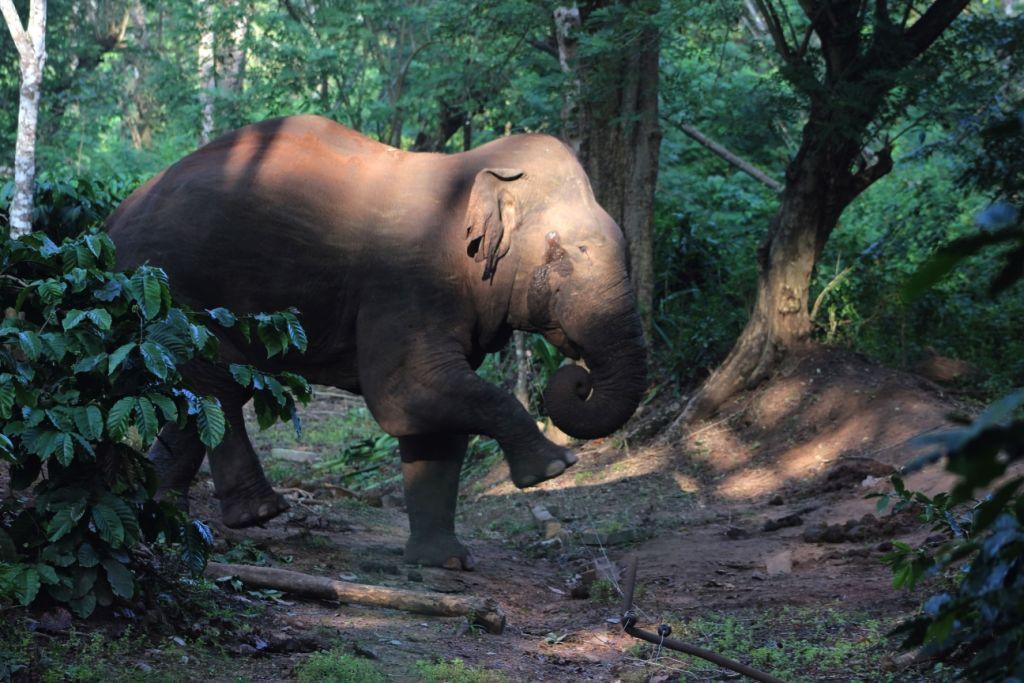
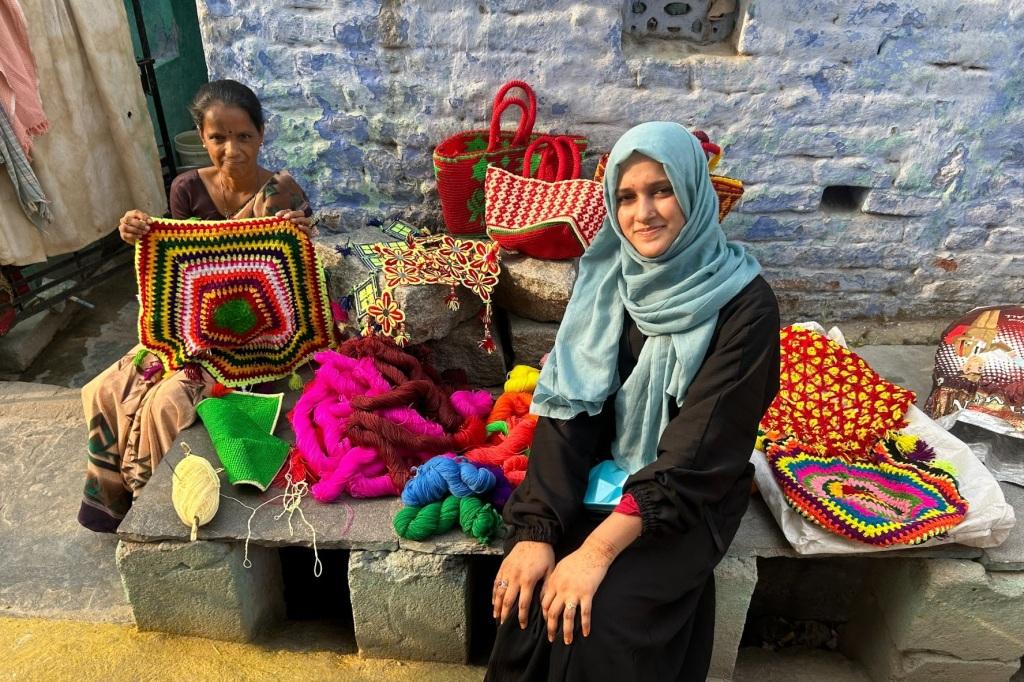

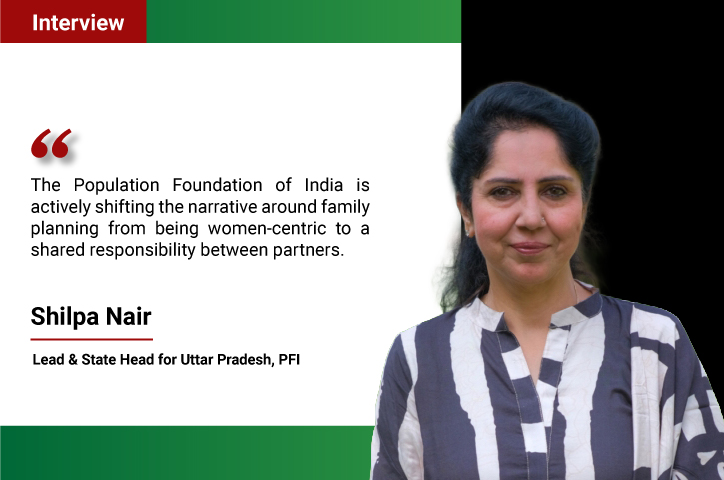



.jpg)

